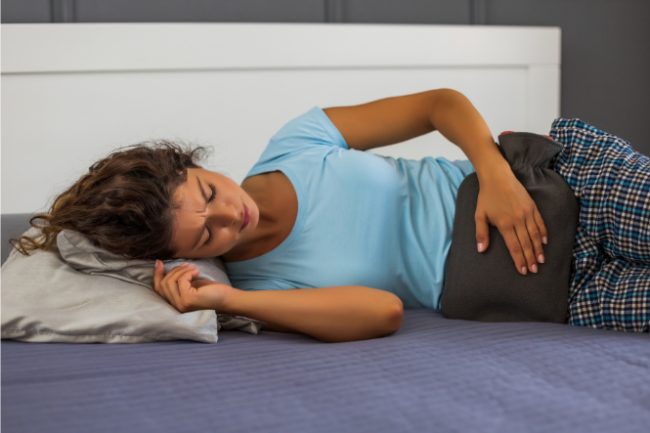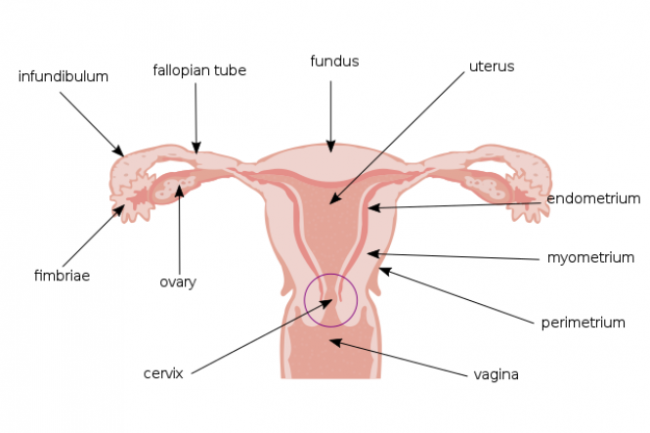Guidelines and Cochrane reviews
Marjoribanks J, Ayeleke RO, Farquhar C, Proctor M. Nonsteroidal anti-inflammatory drugs for dysmenorrhoea(external link). Cochrane Database of Systematic Reviews 2015, Issue 7. Art. No.: CD001751. DOI: 10.1002/14651858.CD001751.pub3 "NSAIDs appear to be a very effective treatment for dysmenorrhoea, though women using them need to be aware of the substantial risk of adverse effects. There is insufficient evidence to determine which (if any) individual NSAID is the safest and most effective for the treatment of dysmenorrhoea. We rated the quality of the evidence as low for most comparisons, mainly due to poor reporting of study methods."
Brown J, Brown S. Exercise for dysmenorrhoea(external link). Cochrane Database of Systematic Reviews 2010, Issue 2. Art. No.: CD004142.
Pattanittum P, Kunyanone N, Brown J, et al. Dietary supplements for dysmenorrhoea(external link). Cochrane Database of Systematic Reviews 2016, Issue 3. Art. No.: CD002124. "There was no high quality evidence to support the effectiveness of any dietary supplement for dysmenorrhoea, and evidence of safety was lacking...Supplements for which there was some very limited evidence to suggest a potential benefit were fenugreek, ginger, valerian, zataria, zinc sulphate, fish oil, and vitamin B1... Quality of the evidence was low or very low." Read more online.(external link)
Smith CA. Armour M. et al. Acupuncture for dysmenorrhoea(external link) Cochrane Database of Systematic Reviews 2016, Issue 4. Art. No.: CD007854. "There was insufficient evidence to demonstrate whether or not acupuncture or acupressure is effective in treating primary dysmenorrhoea, and for most comparisons no information was available on adverse events."
Apps
Endometriosis apps
Women's health apps
Pain management apps








